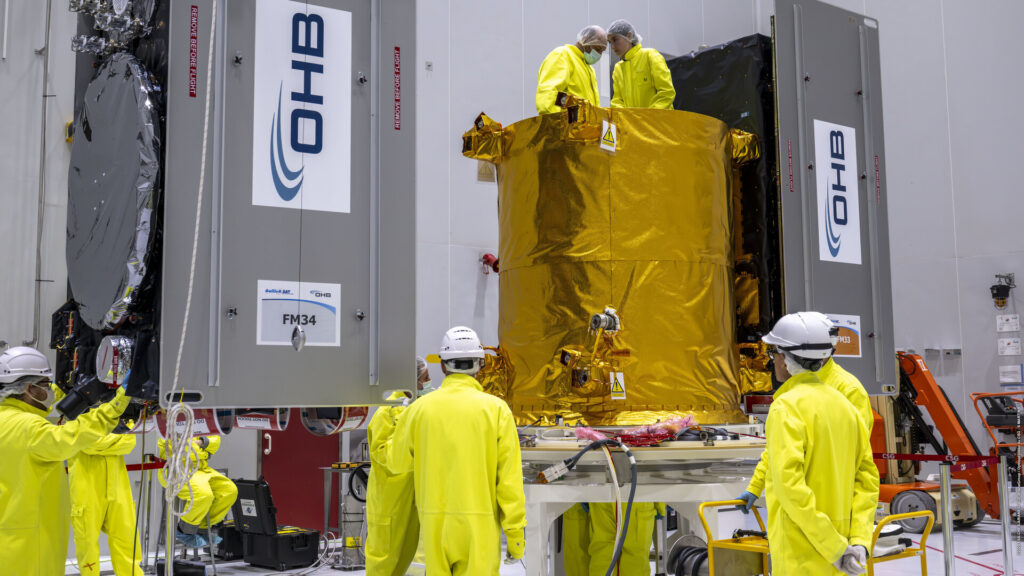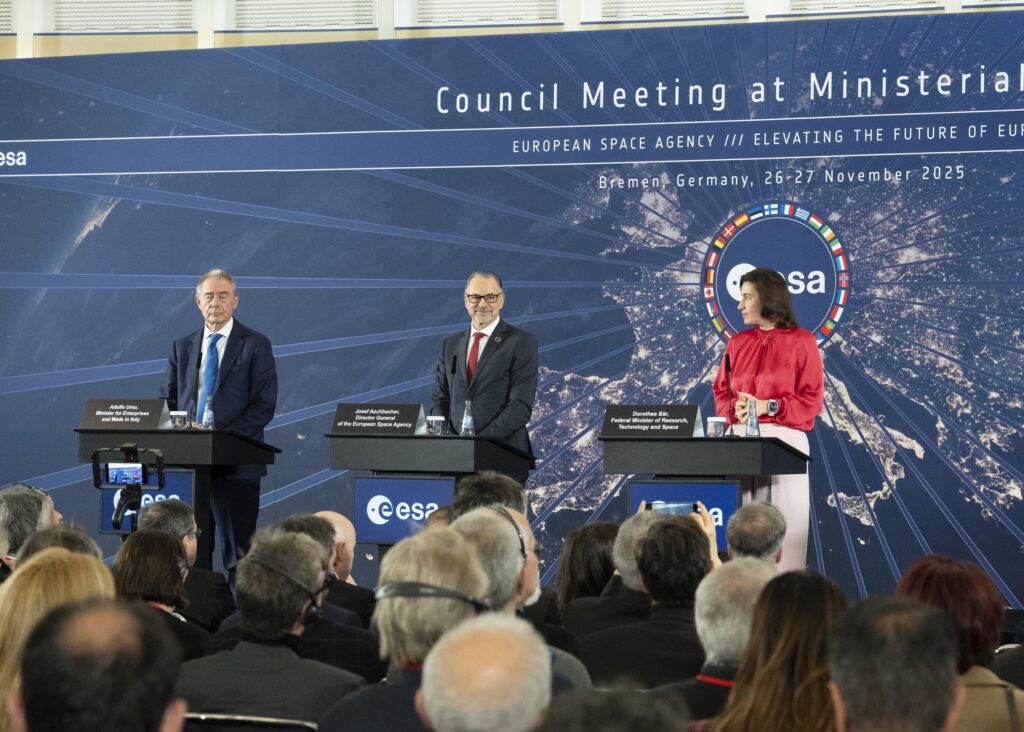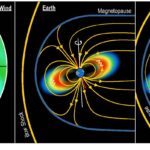Now Reading: Webb spots a starburst shining in infrared
-
01
Webb spots a starburst shining in infrared
Webb spots a starburst shining in infrared


Featured in this NASA/ESA/CSA James Webb Space Telescope Picture of the Month is a nearby galaxy that outshines the Milky Way. This galaxy, called Messier 82 (M82) or the Cigar Galaxy, is situated just 12 million light-years away in the constellation Ursa Major.
Despite being smaller than the Milky Way, M82 is five times as luminous as our home galaxy and forms stars ten times faster. M82 is classified as a starburst galaxy because it is forming new stars at a rate much faster than expected for a galaxy of its size, especially at its centre.
In visible-light images of M82, the central hotbed of activity is obscured by a network of thick and dusty clouds, but Webb’s infrared eyes are designed to peer through this cloudy veil and reveal the activity behind them.
What caused M82’s burst of star formation? The answer likely lies with its neighbour, the larger spiral galaxy M81. Researchers suspect that the two galaxies have interacted gravitationally, sending gas pouring into M82’s centre millions of years ago. The influx of gas provided the raw material for new stars to form – and form they did! M82 is home to more than 100 super star clusters, some of which are still in the process of forming and are blanketed with dense, dusty gas. Super star clusters are more massive and luminous than typical star clusters; these ones each contain around 100 000 stars.
A previous Webb image of M82, featuring data from its Near-InfraRed Camera (NIRCam), was released in 2024. The earlier image focused on the very core of the galaxy, where individual clusters of young stars stand out against the clumps and tendrils of gas.
This new image from Webb’s Mid-InfraRed Instrument (MIRI) provides a remarkable, mostly starless view of M82. The image is instead dominated by the emission from warm dust and intricate clouds of sooty organic molecules called polycyclic aromatic hydrocarbons or PAHs.
The emission from the PAH molecules traces the galaxy’s broad outflows, which are launched by the intense radiation and winds from the hot young stars of the central super star clusters. Though super star clusters are the source of M82’s powerful galactic winds, the winds may spell the end for the galaxy’s starburst era: as the winds billow into intergalactic space, they likely carry with them the cool gas needed to form even more stars.
[Image description: An image of the central part of galaxy M82. Its disc, a narrow bar from the top to the bottom of the image, can be seen by its intense blue-white glow. Thick clouds of gas cover the scene, erupting from the galaxy’s core out to the left and right. The gas is mostly pale red in colour and richly textured, with ridges and cavities visible in great detail. A few stars in M82 are visible scattered across the gas.]
Stay Informed With the Latest & Most Important News
Previous Post
Next Post
-
 012024 in Review: Highlights from NASA in Silicon Valley
012024 in Review: Highlights from NASA in Silicon Valley -
 02Panasonic Leica Summilux DG 15mm f/1.7 ASPH review
02Panasonic Leica Summilux DG 15mm f/1.7 ASPH review -
 03How New NASA, India Earth Satellite NISAR Will See Earth
03How New NASA, India Earth Satellite NISAR Will See Earth -
 04From Polymerization-Enabled Folding and Assembly to Chemical Evolution: Key Processes for Emergence of Functional Polymers in the Origin of Life
04From Polymerization-Enabled Folding and Assembly to Chemical Evolution: Key Processes for Emergence of Functional Polymers in the Origin of Life -
 05And Thus Begins A New Year For Life On Earth
05And Thus Begins A New Year For Life On Earth -
 06Astronomy Activation Ambassadors: A New Era
06Astronomy Activation Ambassadors: A New Era -
07SpaceX launch surge helps set new global launch record in 2024




















